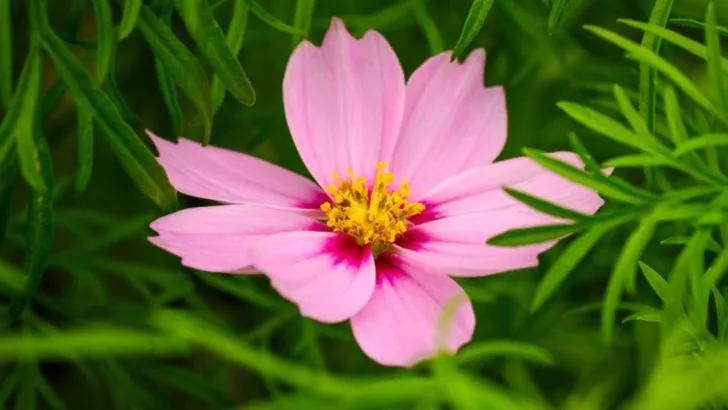If you’ve ever watched your garden struggle with pests or poor pollination, you might be missing one key ingredient: the right bugs. That’s right — not all insects are out to eat your plants. Some are hardworking allies that pollinate flowers, protect your veggies, and keep pests in check. And the easiest way to invite them in? Grow the plants they love.
These 16 plants act like an open invitation for helpful insects such as ladybugs, lacewings, hoverflies, and native bees. They don’t just look beautiful — they create a buzzing, balanced ecosystem that works behind the scenes to keep your garden thriving. The best part? Many of them bloom nonstop through the summer, filling your space with color and motion.
Whether you’re a new gardener or a seasoned grower, planting with pollinators and pest-fighters in mind is a simple way to work with nature instead of constantly fighting against it. Start with a few from this list and you might be surprised how quickly your garden turns into a low-maintenance, high-reward haven.
Dill
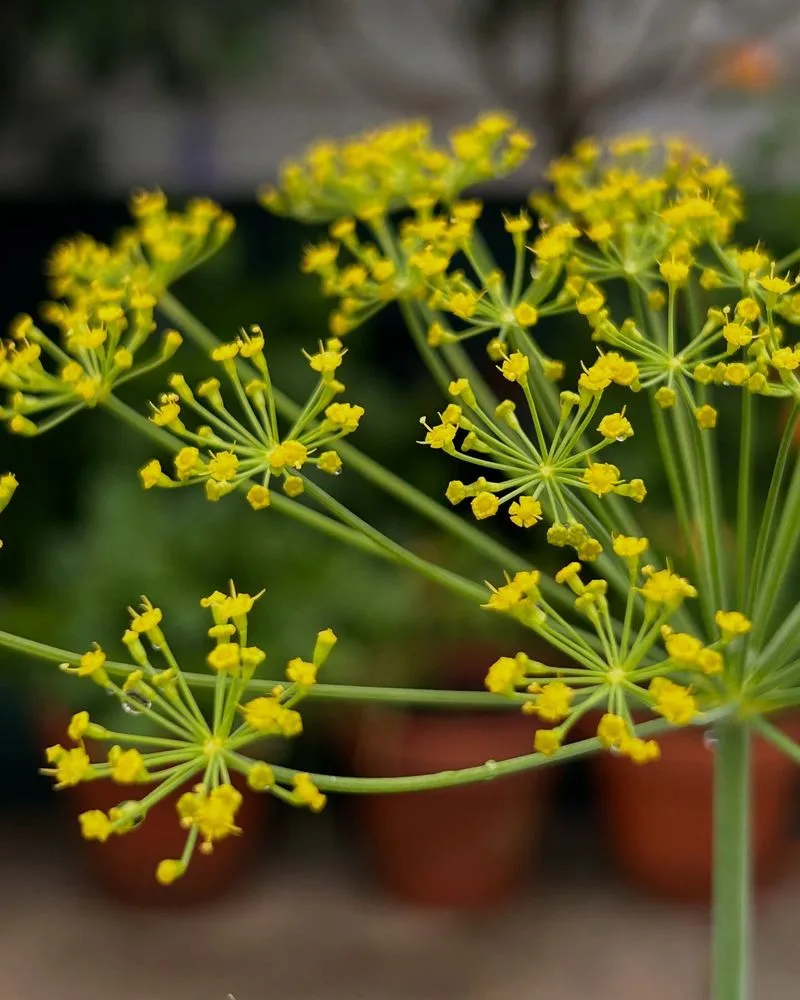
Dill brings more than its culinary zest to your garden. Its delicate, feathery foliage creates an inviting environment for predatory insects like ladybugs and lacewings. These tiny helpers feast on aphids and other pests, ensuring your plants remain healthy. Additionally, dill flowers are a favorite among swallowtail butterflies, providing them with nectar and a place to lay their eggs. Planting dill not only adds a touch of elegance but also promotes a balanced ecosystem. A must-have for those who crave both beauty and utility in their garden.
Lavender

Lavender, with its soothing fragrance and striking purple flowers, is more than just a visual treat. This perennial is a magnet for bees, providing them with a rich source of nectar throughout the summer. The constant buzz of activity around lavender plants showcases their importance in promoting pollination. Beyond its appeal to insects, lavender’s scent also repels certain pests. Its dual role as an attractant and deterrent makes it a gardener’s delight. Embrace lavender to add a calming aroma while supporting vital pollinators.
Sunflower
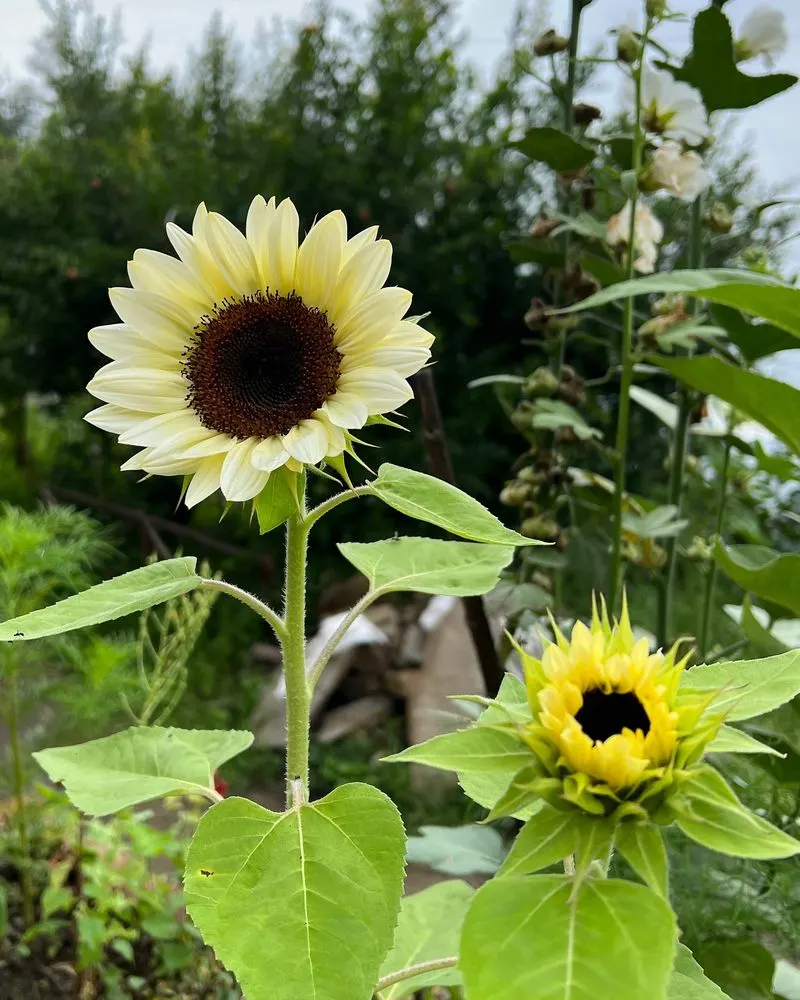
The towering sunflower, with its cheerful visage, is often synonymous with summer. Its large, open blooms serve as landing pads for a variety of pollinators, including bees and butterflies. Sunflowers also provide seeds for birds, adding another layer of biodiversity to your garden. Their presence ensures a lively and vibrant ecosystem. With their sunny disposition, sunflowers are not just ornamental but also functional. Planting them invites a host of beneficial visitors, creating a thriving habitat that sustains itself.
Yarrow
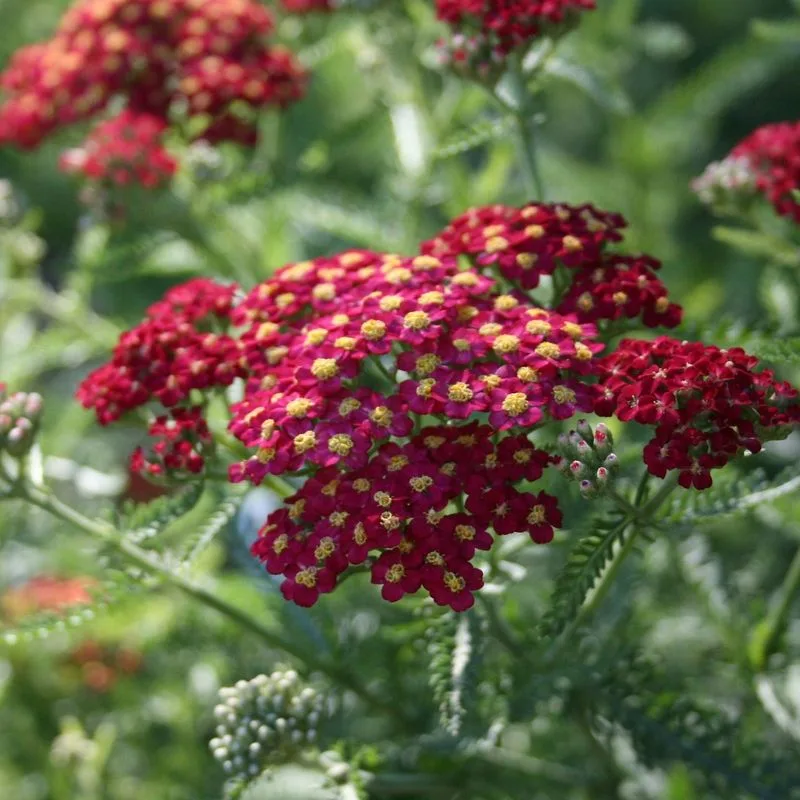
Yarrow stands out with its clusters of tiny flowers and the ability to attract a myriad of beneficial insects. This hardy plant is known for inviting ladybugs and hoverflies, which prey on aphids and other soft-bodied pests. Yarrow’s tolerance to various conditions makes it a versatile addition to any garden. Its blooms offer a continuous supply of nectar from spring to fall, supporting insect populations all season. Incorporating yarrow into your garden plan encourages a self-sustaining environment.
Borage
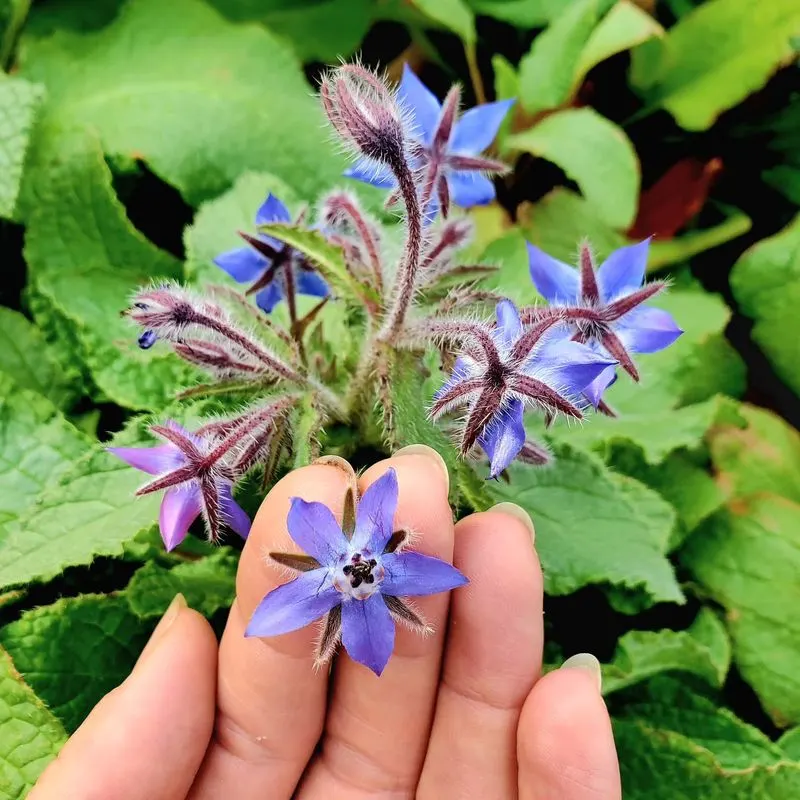
Borage, with its star-shaped blue flowers, is a favorite among bees and other pollinators. This herb not only enhances the beauty of your garden but also enriches the soil with nutrients. Borage’s presence is known to boost the productivity of nearby plants by attracting bees that enhance pollination. Its unique cucumber-like flavor also makes it a delightful culinary addition. With its vibrant appearance and multiple benefits, borage is an ally in creating a garden that’s both productive and visually appealing.
Marigold
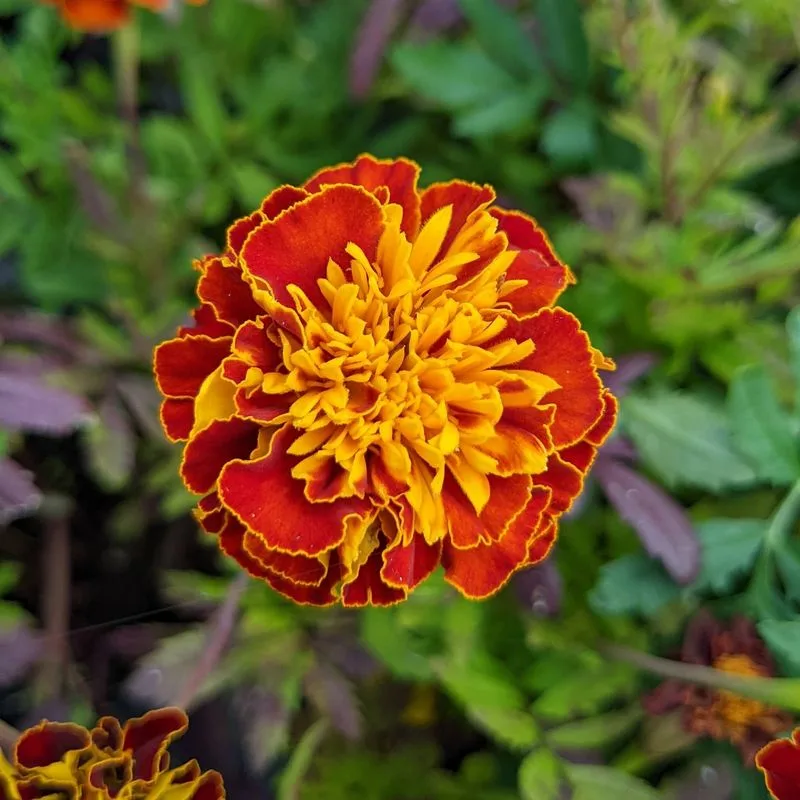
Marigolds are garden classics, prized for their bright, cheerful flowers and pest-repelling properties. Their scent deters nematodes and other pests, while the flowers attract beneficial insects like ladybugs and hoverflies. These insects play a crucial role in managing aphid populations, keeping your plants healthy. Marigolds are easy to grow and thrive in various conditions, making them a versatile choice for any garden. Their dual function as pest deterrents and insect attractants make marigolds indispensable in maintaining garden health.
Coneflower
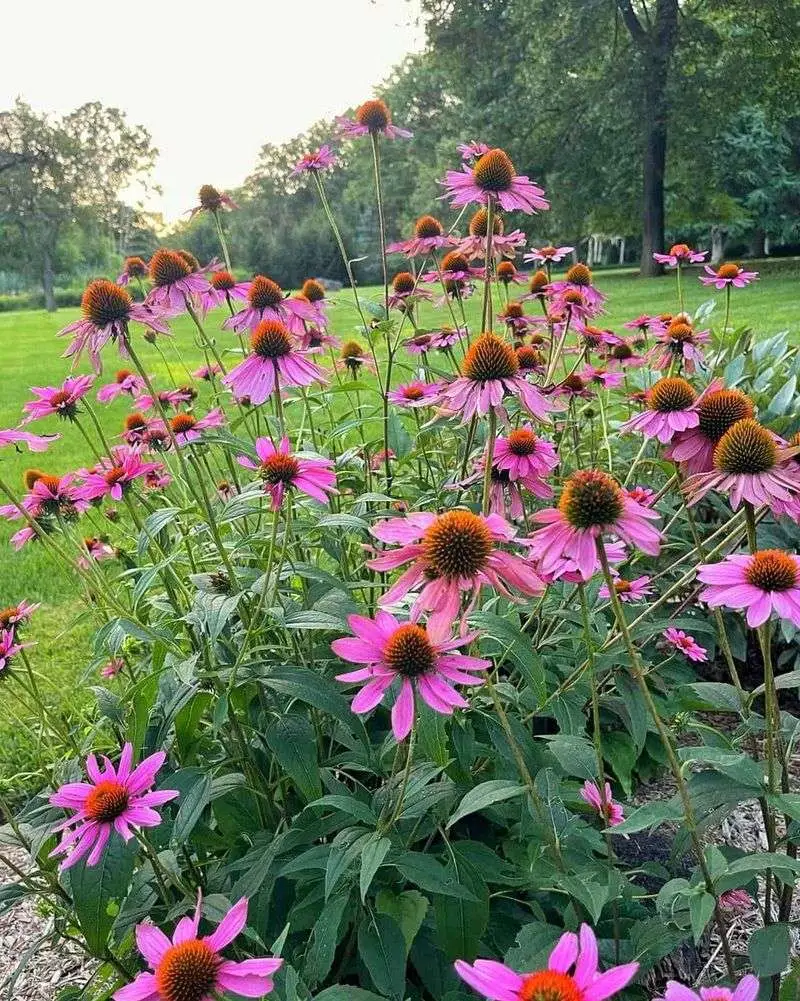
Coneflowers, also known as echinacea, captivate with their striking, daisy-like appearance and vibrant color palette. These hardy perennials are beloved by bees and butterflies, offering them ample nectar. Coneflowers also attract birds, who feast on the seeds in fall, adding another dimension to your garden’s ecosystem. Their robustness in varied climates makes them a reliable choice for gardeners. Coneflowers not only uplift the visual appeal but also play a pivotal role in fostering a biodiverse and balanced garden environment.
Alyssum
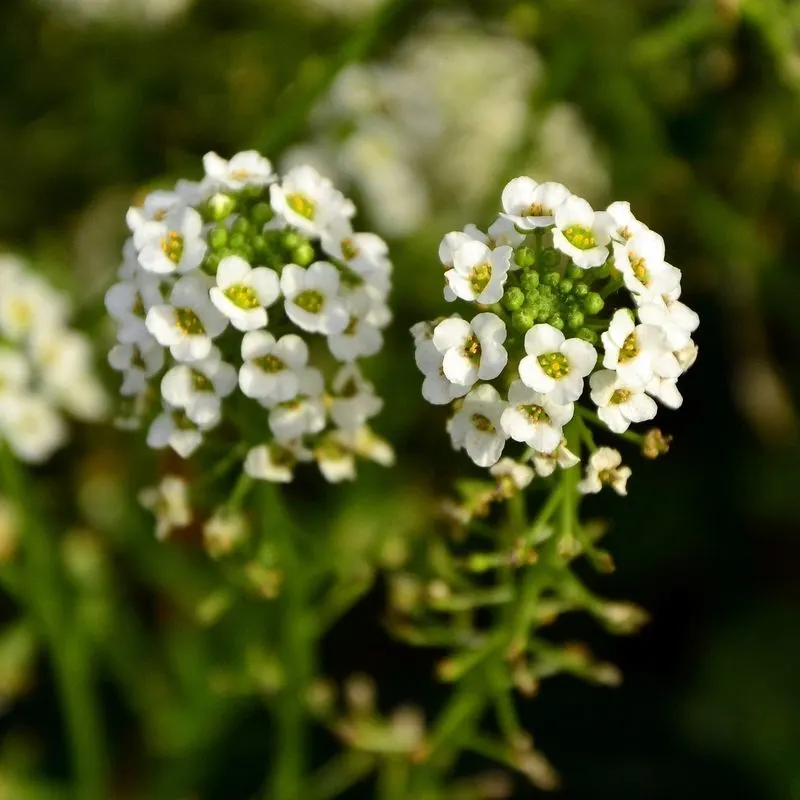
Sweet alyssum, with its dense, honey-scented blooms, is a magnet for bees and other pollinators. This low-growing plant creates a floral carpet that attracts beneficial insects while adding charm to garden borders. Its fragrance lures hoverflies, which are known for controlling aphid populations. Alyssum’s ability to thrive in various environments makes it a versatile addition to any garden plan. Beyond its pest-management benefits, sweet alyssum’s continuous blooms ensure a visually pleasing landscape from spring through fall.
Thyme
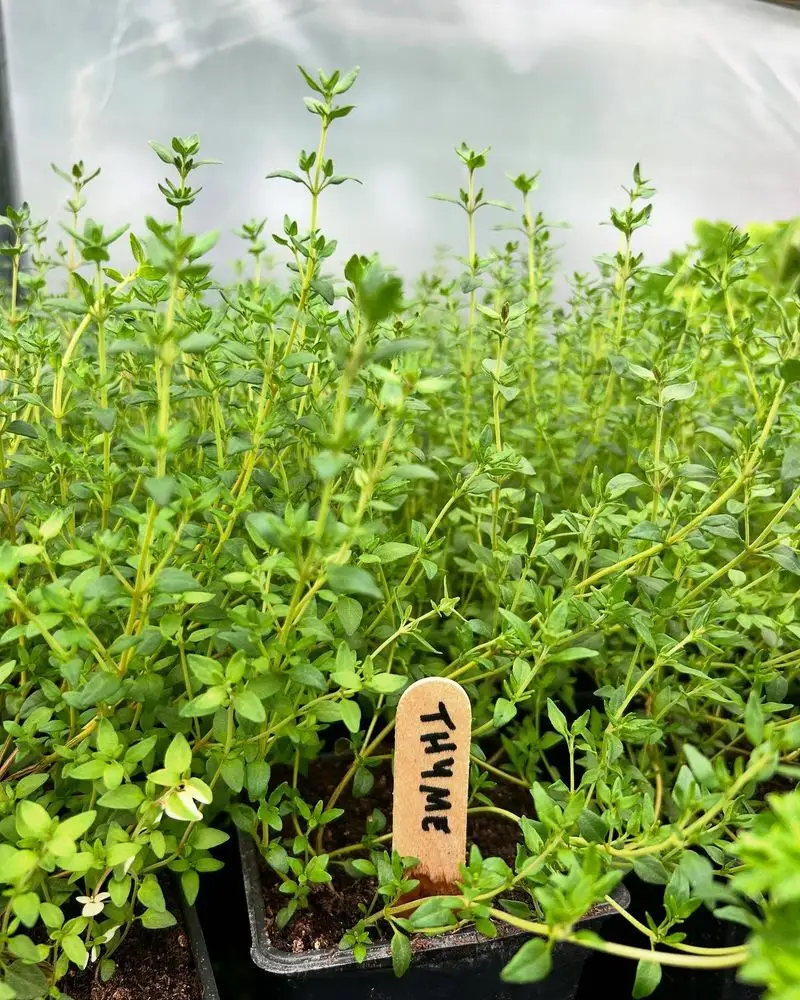
Thyme, with its aromatic leaves and delicate flowers, is a culinary staple and a gardening ally. Its small purple blooms attract bees, which are essential for the pollination of many garden plants. Thyme’s low-growing nature makes it an excellent ground cover, providing habitat for beneficial insects like ladybugs. Its dual role as a flavorful herb and insect attractant enhances both the sensory and ecological value of your garden. Incorporating thyme offers a practical solution for those seeking to support pollinators naturally.
Fennel
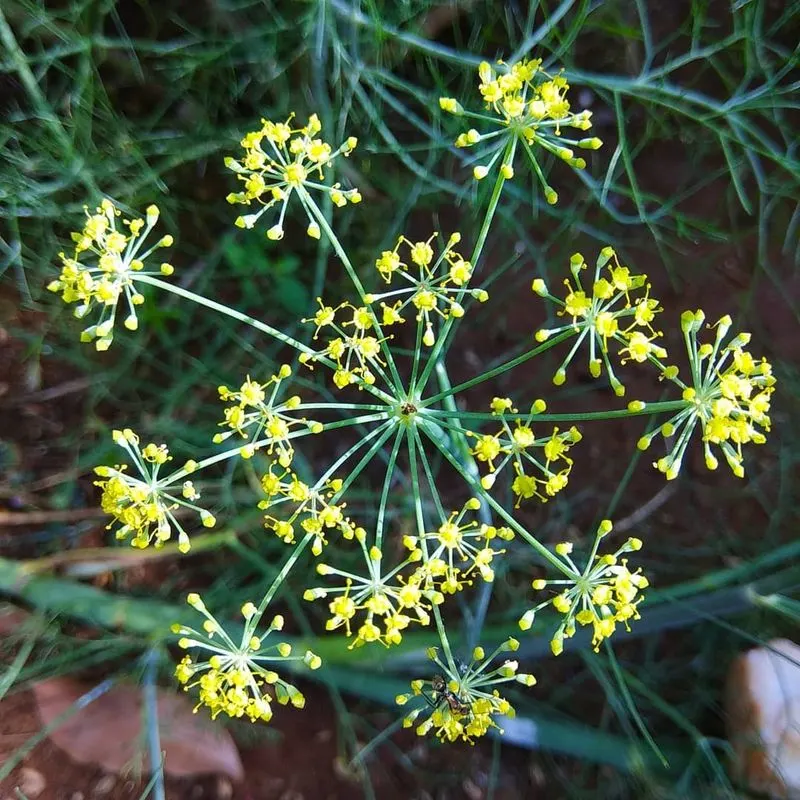
Fennel, with its towering stature and feathery foliage, commands attention in any garden. Its yellow umbels are particularly attractive to bees and butterflies, offering them a rich nectar source. Fennel also serves as a host plant for swallowtail butterflies, providing a crucial habitat for their caterpillars. This dual function as both food and habitat boosts the diversity of beneficial insects in your garden. With its edible qualities and ecological benefits, fennel is a versatile plant that supports a vibrant and balanced garden ecosystem.
Mint
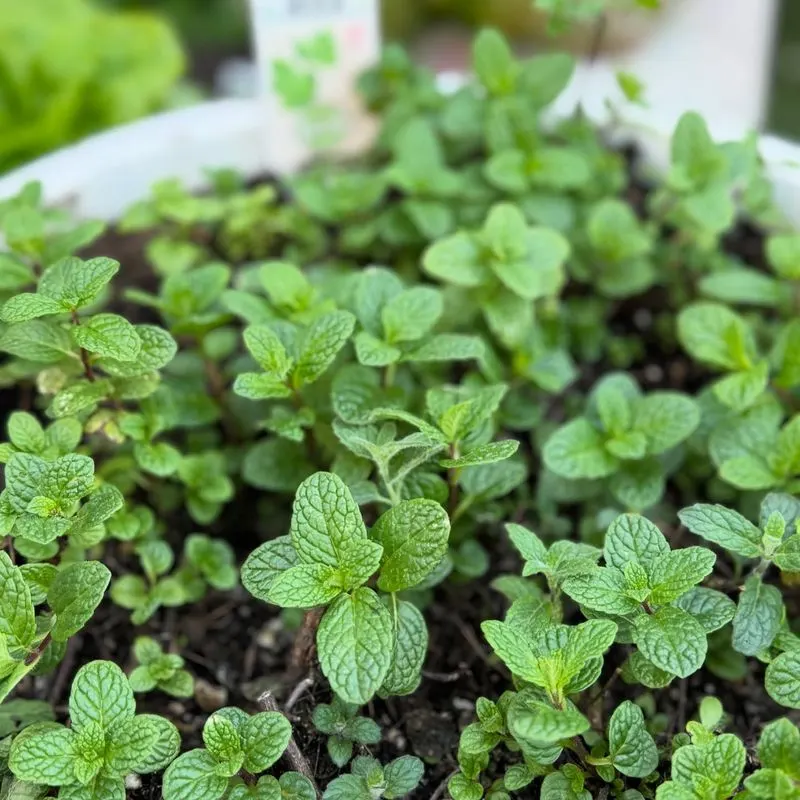
Mint, with its invigorating scent and fast-growing nature, is a favorite among gardeners. Its small purple flowers are a magnet for bees, supporting their crucial role in pollination. Mint’s robust growth provides excellent ground cover, offering shelter to a variety of beneficial insects. However, its vigorous nature means it can quickly spread, so it’s best planted in containers or controlled areas. The fresh aroma and ecological benefits of mint make it a refreshing addition to any garden space.
Coriander
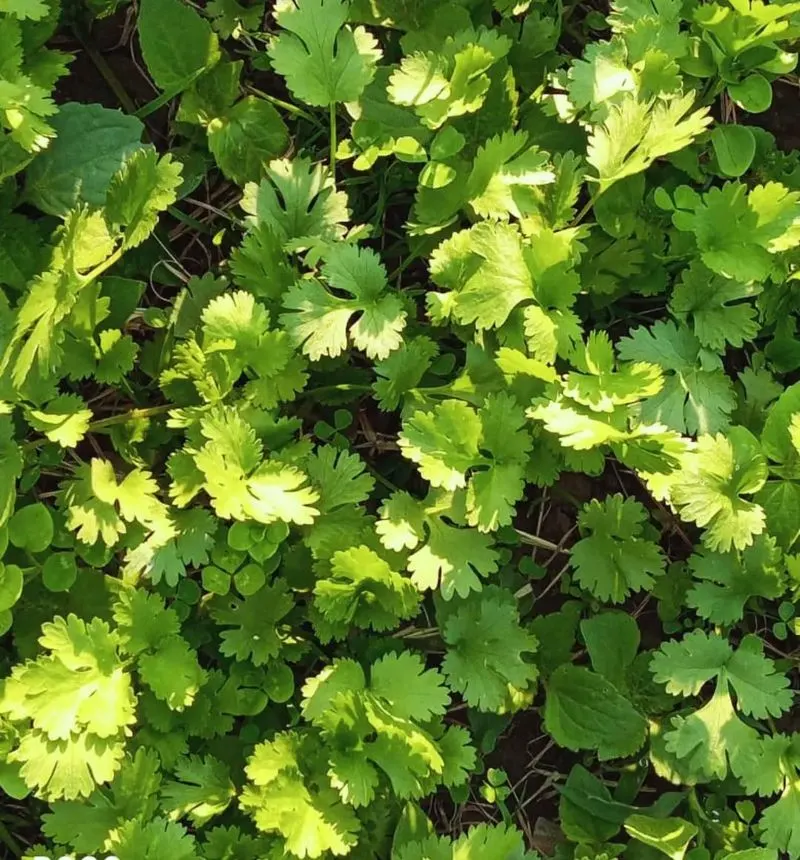
Coriander, known for its culinary versatility, also plays a significant role in the garden ecosystem. Its delicate white flowers attract bees and ladybugs, both of which are invaluable for pollination and pest control. As a companion plant, coriander enhances the growth and flavor of nearby vegetables. Its ability to repel unwanted pests while drawing in beneficial insects makes it a strategic choice for organic gardening. Whether in the kitchen or the garden, coriander’s multifaceted nature shines through, offering both flavor and ecological support.
Basil
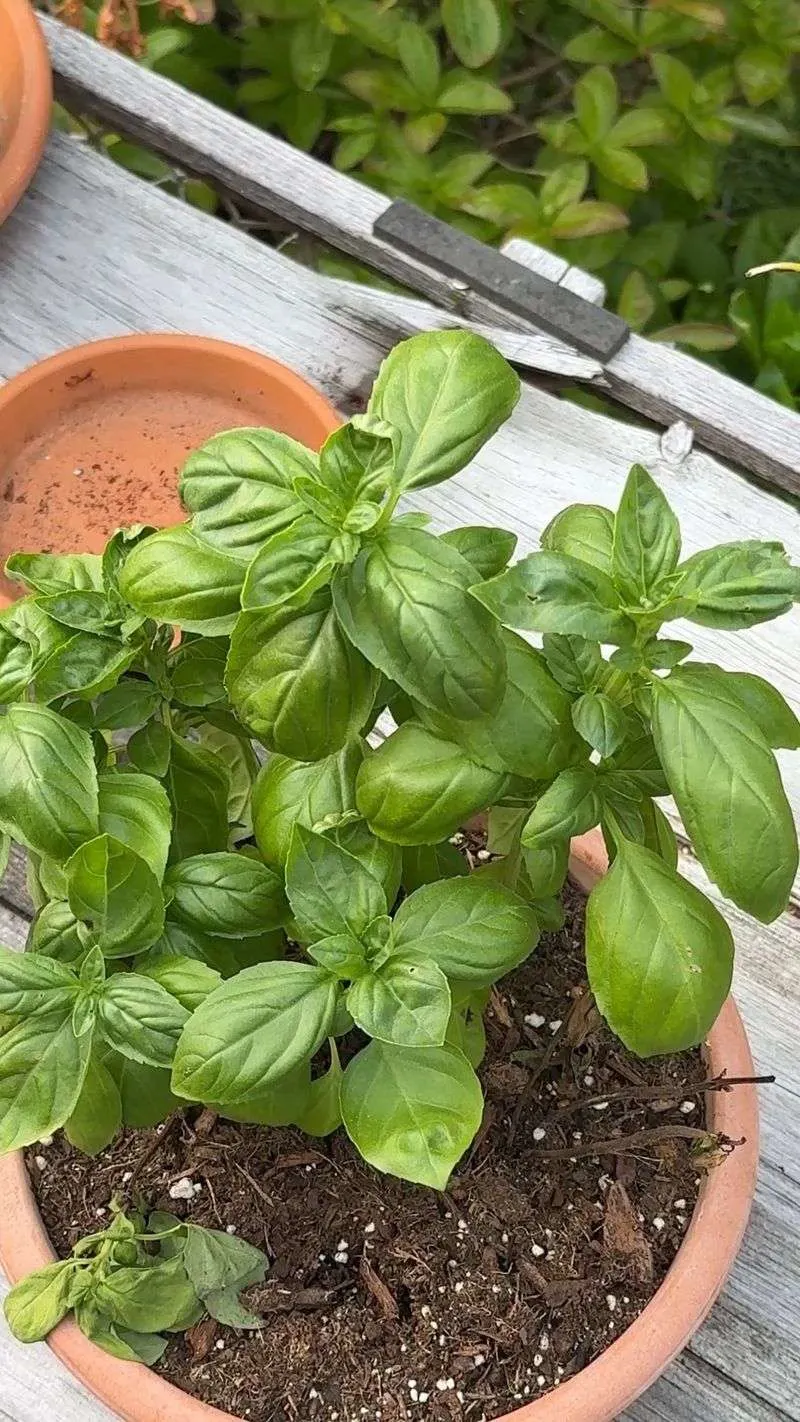
Basil, often celebrated for its aromatic leaves, also contributes significantly to attracting beneficial insects. Its small white flowers are particularly appealing to bees, ensuring effective pollination throughout the garden. Basil’s aroma repels certain pests, adding another layer of protection for your plants. In addition to its culinary uses, basil’s role in the garden ecosystem is invaluable. By planting basil, you create a habitat that supports pollinators and deters pests, all while enjoying the fresh flavors it brings to your kitchen.
Goldenrod
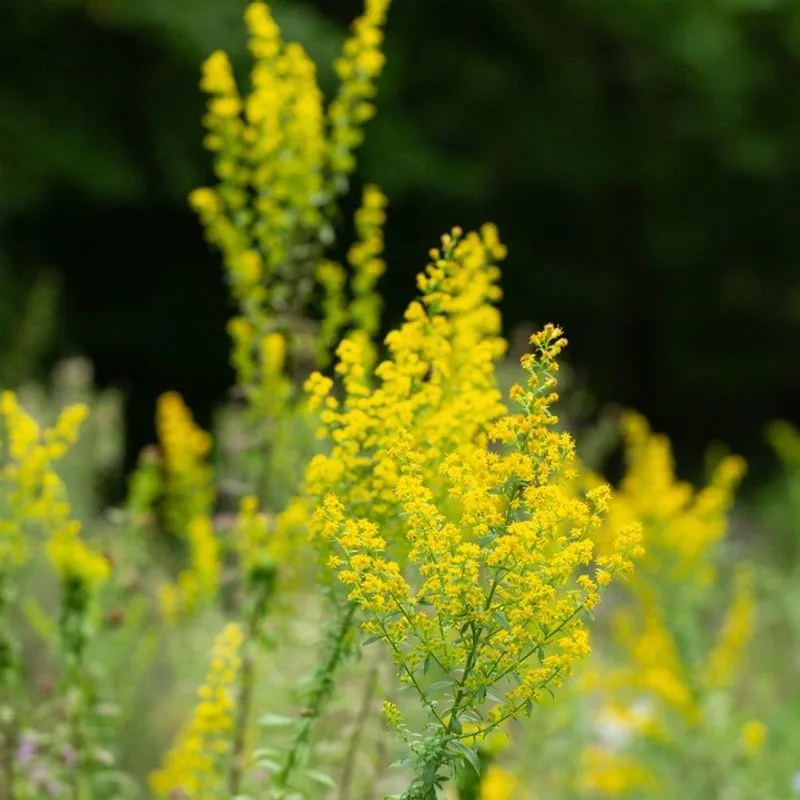
Goldenrod, often mistaken for a common weed, is a powerhouse in attracting a wide range of beneficial insects. Its vibrant yellow flowers bloom late in the season, providing nectar when other sources are scarce. Bees, butterflies, and predatory insects like lacewings flock to goldenrod, helping to maintain a balanced ecosystem. While its appearance is unassuming, goldenrod’s impact on the garden is profound, supporting both pollination and pest control. Its resilience and ecological benefits make it a valuable addition to any garden landscape.
Zinnia
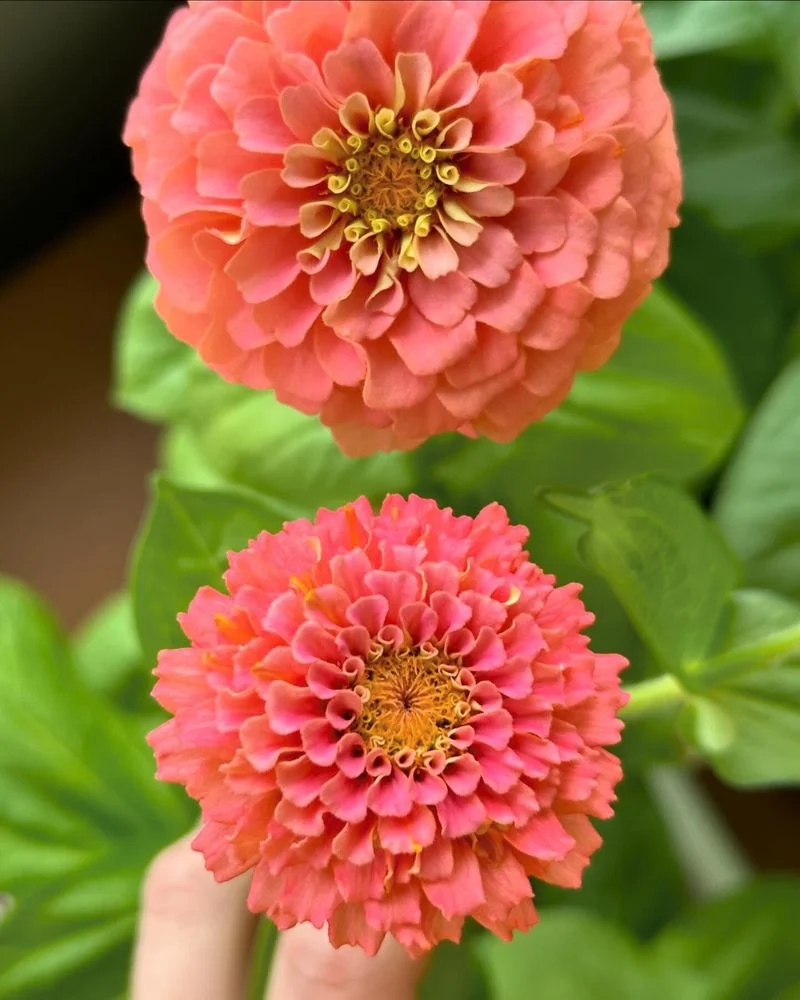
Zinnias, with their bold colors and diverse forms, are a delight for both gardeners and insects. These annuals bloom profusely, offering a continuous source of nectar for bees and butterflies. Zinnias also attract beneficial insects like ladybugs, which help control aphid populations. Their easy-to-grow nature and long flowering season make them a popular choice for enhancing garden aesthetics. By incorporating zinnias, you not only add a splash of color but also promote a thriving environment for essential pollinators.
Cosmos
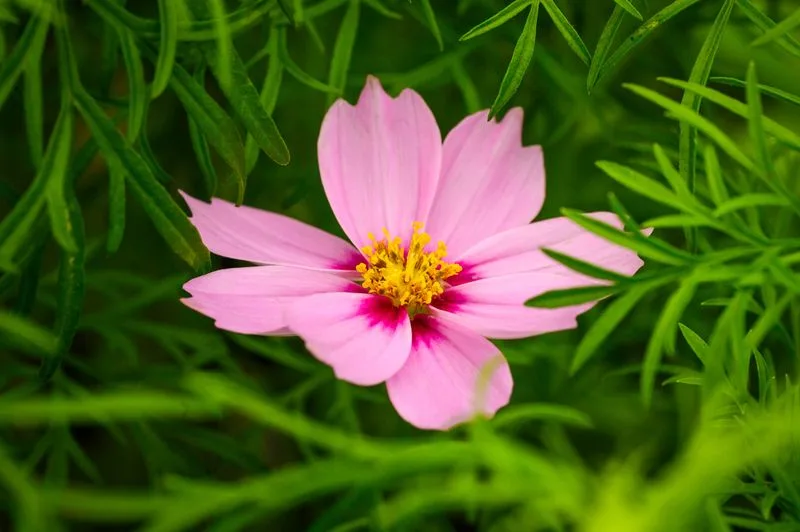
Cosmos, with their airy foliage and delicate blooms, bring a sense of whimsy to any garden. These flowers are particularly attractive to butterflies and bees, providing them with ample nectar. Cosmos’ ability to thrive in poor soil conditions makes them a resilient choice for gardeners seeking low-maintenance beauty. Their presence not only uplifts the garden’s visual appeal but also supports a biodiverse ecosystem. Incorporating cosmos into your garden plan ensures a steady flow of beneficial insects, enhancing both beauty and ecological balance.

